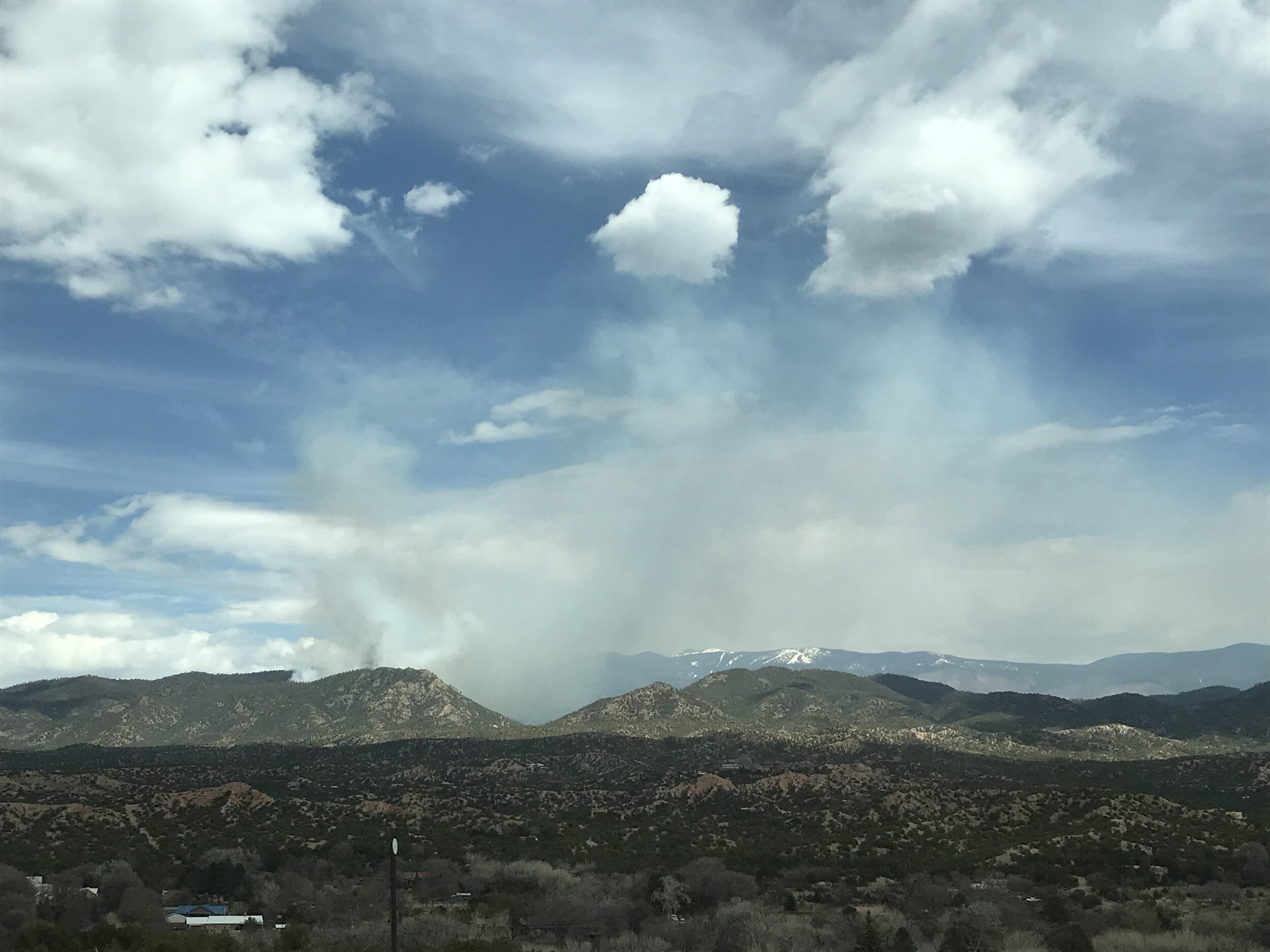Hi Fireshed Members,
Wildfire season is off to an early start this year. Are you prepared for wildfire season? If not, take some time this week and to make a couple small actions toward wildfire preparedness. The Ready, Set, Go! guide in this week’s newsletter can help guide you in this process. Remember, we can make a bigger impact toward a wildfire adapted future by working together and following the slogan “each one, teach one.”
This week’s Wildfire Wednesdays features
The New Mexico Ready, Set, Go! guide
A brief and informative news article about the need for collaboration to prevent mega fires and the Rio Grande Water Fund
Best,
Gabe
New Mexico Ready, Set, Go!
In New Mexico, fire season is now a year-round reality in many areas, requiring firefighters and residents to be on heightened alert for the threat of wildfires. The tips in this Ready, Set, Go! Guide are designed to help you plan and prepare for a wildfire emergency.
This is a great general resource to help you, your friends, family, and neighbors start to make progress toward wildfire preparedness. When doing work around your house or planning for wildfire, talk to those in your community about what you are doing and why.
To get started on the Ready, Set, Go! Guidebook, click here.
Experts Urge Community Collaboration to Prevent Catastrophic Fires
This article in the Santa Fe New Mexican shares the insight of an expert panel on the importance of collaborative efforts in community fire adaptation work across the state. In addition, the author, Victoria Traxler, shares an introduction to the Rio Grande Water Fund for those that may not be familiar with this innovative approach to forest and watershed health in New Mexico.
The panel was hosted by the Nature Conservancy last week and included representatives of the national Fire Adapted Communities learning network as well as many others.
Be sure to give this article a read and consider sharing this perspective with those in your communities that may not be familiar with these efforts.

















